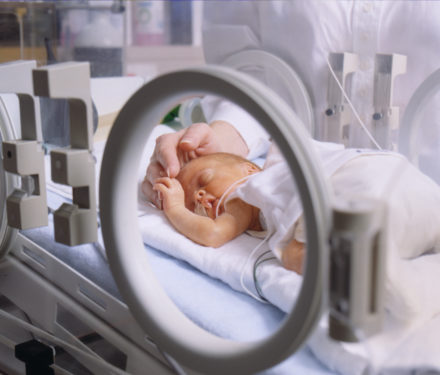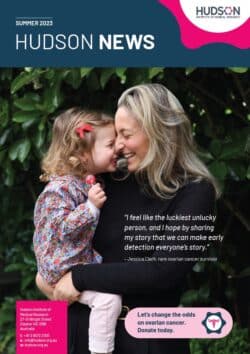Newborn delayed cord clamping recommendations
Premature and full-term babies who do not require respiratory support may benefit from delayed umbilical cord unclamping for at least 60 seconds after birth, according to the authors of a Perspective published by the Medical Journal of Australia.
Cord clamping has been a hot topic lately after the publication of a systematic review and meta-analysis (published in the American Journal of Obstetrics and Gynaecology earlier in 2018) which found that delayed cord clamping (DCC) was recommended for both full-term and pre-term babies, based on results from the Australian Placental Transfusion Study. Until then, the evidence for benefit from DCC in pre-term babies had been ‘weak’ and ‘low quality’.
Associate Professor Graeme Polglase, from the Hudson Institute of Medical Research, and Associate Professor Michael Stark, from the Robinson Research Institute at the University of Adelaide, wrote in the MJA that although the evidence for DCC was now stronger for babies who were “vigorous and making breathing efforts”, there was still uncertainty about its use in more vulnerable subgroups.
“The critical aspect moving forward is to determine whether DCC is beneficial or harmful to subgroups,” Polglase and Stark wrote.
“If the umbilical cord or placenta is compromised, then there may not be any benefit in DCC and it may potentially be harmful. Similarly, infants born with asphyxia, atony or sepsis may not benefit from DCC if it means delay of respiratory support.
“Future studies must focus on whether the pathophysiology of the newborn should be guiding the timing of cord clamping or additional interventions before cord clamping, such as stimulation, respiratory support or caffeine administration.
“This personalised approach to medicine in the delivery room may show the considerable benefits of DCC in particular subgroups, and would thus alleviate clinicians’ fears for delaying cord clamping for up to 60 seconds, would identify optimal physiological markers rather than an arbitrary time to clamp the cord, and would also identify populations in which interventions such as initiating respiratory support will take greater priority than umbilical cord management.”
Contact us
Hudson Institute communications
t: + 61 3 8572 2697
e: communications@hudson.org.au




